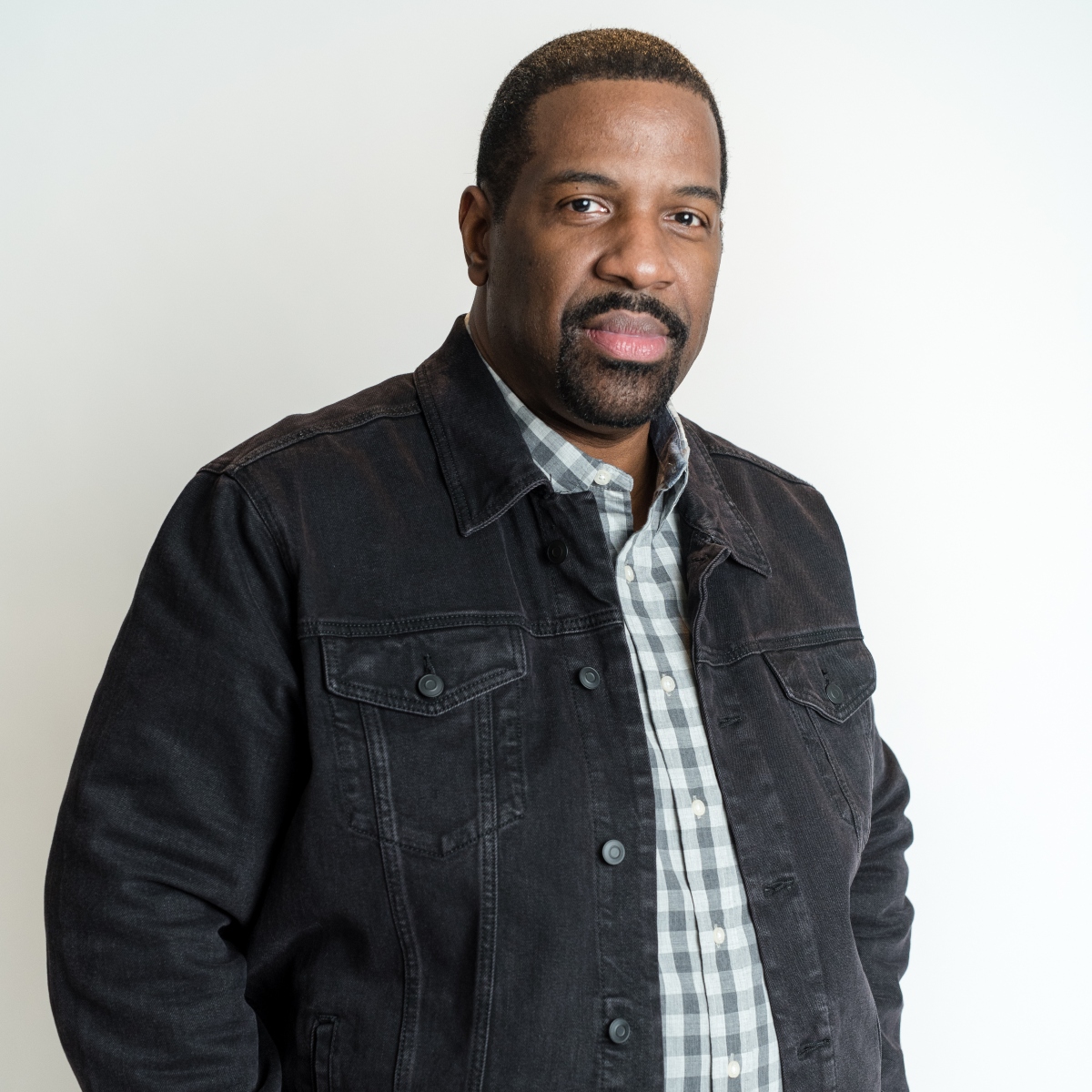With over 400 translations of the Bible into the English language alone, it is natural to wonder which one is the most accurate Bible translation. As Christians—who know the Bible is the word of God—we want to be certain the Bible translation we read is reliable and true to the original texts. Thankfully, scholars and translators usually aim to translate the scriptures faithfully. This means there are lots of good Bible translations to choose from.
However, as I think about how to answer what is the most accurate Bible translation, I wonder if that question leads us in the right direction. I say this because Bible translation is a complex endeavor. We must consider language nuances, cultural context, grammar, and theological perspectives to do this correctly. This is no small feat, which makes answering this question more difficult than it may initially sound.
For those who undertake this task of Bible translation properly, it is an endeavor that can take many years. The King James Version (KJV) took seven years to complete. By comparison, the New International Version (NIV) took ten years to complete. This alone informs you of the painstaking process that goes into translation, and serious Bible translators are not looking to get this wrong but to get this right.
What Are the Different Types of Bible Translations?
The first area of complexity begins when you understand the different types of translations of the Bible that exist. There are three primary ways the Bible has been translated:
Formal Equivalence
Formal equivalence is a word-for-word translation. Some examples are the New American Standard Bible (NASB), the English Standard Version (ESV), and the KJV. This type of translation aims to translate each word from the original language into English—to stay as close to the original text as possible. You might naturally assume that a word-for-word translation would be the most accurate Bible translation. While that could be true, sometimes these translations are more difficult to read.
Dynamic Equivalence
Dynamic Equivalence is a thought-for-thought translation. Some examples are the New Living Translation (NLT) and the NIV. Instead of a direct word-for-word, the aim is to translate the thought of each passage while staying true to the text’s original meaning. Care is taken not to deviate or change the meaning of the text while making the passages easier to read and understand.
Paraphrase
Paraphrase is not necessarily a translation. Usually, it is usually the work of an individual and not a team. Two examples are The Message and The Living Bible. Paraphrase offers a version of the Bible influenced by the one paraphrasing it. These are often the easiest to read, but this type of Bible can also bring more of the author’s doctrines or beliefs into their representation of what the Bible is trying to say.
What are Thought to be the Most Accurate Translations?
When it comes to determining the most accurate Bible translations, several key versions are often recommended based on different criteria such as textual fidelity, readability, and scholarly endorsement.
There are many accurate and reliable translations of Scripture. A word-for-word may read differently than a thought-for-thought, yet both can be true to the original text. Let's take a look at 5 of the most widely regarded translations to be most accurate.
1. New American Standard Bible (NASB): Many scholars say the NASB is the most accurate (i.e. the most literal) translation currently available. Many of those same scholars agree the NASB can also be difficult to read. This proves the point we have discussed throughout this article: literal is not always the right goal.
2. English Standard Version (ESV): The ESV is known for its balance of accuracy and readability. It stands in the tradition of Tyndale and the King James Version (KJV), revised through several iterations like the Revised Standard Version (RSV). The ESV aims to be both literal and elegant, making it a popular choice among scholars and church leaders.
3. New International Version (NIV): The NIV prioritizes readability and accessibility, making it the most popular modern English translation. It is a thought-for-thought translation, which some argue makes it less precise than word-for-word translations, but it is highly readable and widely used in both personal study and church settings.
4. NET Bible (New English Translation): The NET Bible is praised for its extensive translator’s notes, which provide transparency into translation decisions. It aims to balance accuracy, readability, and elegance, and is a valuable resource for understanding different translation choices.
5. King James Version (KJV) and New King James Version (NKJV): The KJV is renowned for its literary quality and historical significance. The NKJV updates the language while retaining the stylistic elements of the original KJV, making it more accessible to modern readers while maintaining its traditional roots.
Each of these translations has its own strengths, and the choice often depends on the purpose you're reading Scripture—whether they prioritize strict literal accuracy, readability, or a balance of both. It's often recommended to consult multiple translations to gain a fuller understanding of the text.
There are many quality translations of scripture available for you to read. So, pick one and read it. Fighting over the most accurate will make no difference if you don’t read it.
One Challenge in Naming the Most Accurate Bible Translation
Since the original Bible was written in Hebrew, Greek, and Aramaic, this presents a challenge in creating a literal translation and finding the most accurate one. Let me give you two examples—one from the Old Testament and one from the New Testament.
Here is Genesis 1:1-2 as we often read it (thought for thought).
In the beginning God created the heavens and the earth. Now the earth was formless and empty, darkness was over the surface of the deep, and the Spirit of God was hovering over the waters.
Here is a literal translation of Genesis 1:1-2 from Hebrew.
The earth and the heavens God created in the beginning. And the Spirit of the deep the face over and darkness and void formless was and the earth.
Romans 8:28, as we often read it.
And we know that in all things God works for the good of those who love him, who have been called according to his purpose.
Here is a literal translation of Romans 8:28 from Greek.
We know now that to those loving God all things works together God for good to those according to purpose called being.
As you can see, if the Bible was translated literally, the exact way it was written in its original language, it would be more difficult to understand. It may not be readable. Bible translators recognize this. Their goal in translating scripture is not just to create a reliable text. They also need to create a text that someone can read and understand. Therefore, you must recognize that every translation is arranged in a manner that allows it to make sense to the person reading it. This is not just true of translations into English but into any language. These types of nuances make it difficult to declare which one is most accurate.
Another Challenge to Finding the Most Accurate Bible Translation
Another challenge in answering this question is that words in the original language can have different meanings. Take, for example, John 14:16.
And I will ask the Father, and he will give you another advocate to help you and be with you forever. (NIV, emphasis added)
The word for “advocate” in Greek is parakletos. This word can mean advocate, helper, counselor, comforter, intercessor, or encourager. Which one do you choose? If you use counselor instead of advocate, does that make your translation more accurate? When you look at the different translations of this verse, they all don’t use the same word, yet each translation represents an accurate use. I hope you see the challenge this represents.
Is Seeking the Most Accurate Bible Translation the Right Pursuit?
Finding the “most accurate” Bible translation for everyone may not be the right path. The complexities of translation mean we may be asking the wrong question. The goals that different people have will lead to different conclusions. Are you judging accuracy based on the original words of the text (word for word)? Are you judging the text’s original meaning (thought for thought)? What you bring to the question will give you (at least two) different answers.
Maybe the better question is, “How do we find the most accurate understanding of what the original texts were trying to say? Not the most literally correct, but the one that gets closes to the original meaning?” When we shift the question, we have room to recognize there may be several answers. We can consider different translations and recognize their nuances. We can also recognize that even though different translations may choose different words for some verses, they are remarkably consistent in their meaning. Reputable translations have much more in common with each other than we expect.
Once we seek the most accurate understanding of the original texts, once we recognize that each translation has benefits, we are freed from the impossible pressure of finding “the only true translation.” We learn to appreciate many different translations for different purposes—the best word-for-word translation when we want to dig into the literal world, the best thought-for-thought translation when we want to dig into the themes.
The value of multiple translations can help you understand the full meaning of what God was trying to convey in his word.
Photo Credit: ©GettyImages/artisteer

He is the author of The Pursuit of Purpose, which helps readers understand how God leads them into his will, and the author of The Pursuit of Victory: How To Conquer Your Greatest Challenges and Win In Your Christian Life. Clarence is also committed to helping 10,000 people learn how to study the Bible and has released his first course, Bible Study Basics, to achieve that goal. To learn more about his ministry and resources, please visit clarencehaynes.com.
This article is part of our Bible resource for understanding the significance and meaning of biblical phrases and ideas. Here are our most popular Bible articles to grow in your knowledge of God's Word:
Promises of God in the Bible
Is "This Too Shall Pass" in the Bible?
What Was the Ark of the Covenant?
Top 10 Bible Stories for Kids
“Iron Sharpens Iron” in Proverbs 27:17
"Fearfully and Wonderfully Made" in Psalm 139
“Be Still and Know That I am God” in Psalm 46:10
"No Weapon Formed Against Me Shall Prosper" - Isaiah 54:17



_639003522088907085.jpg)